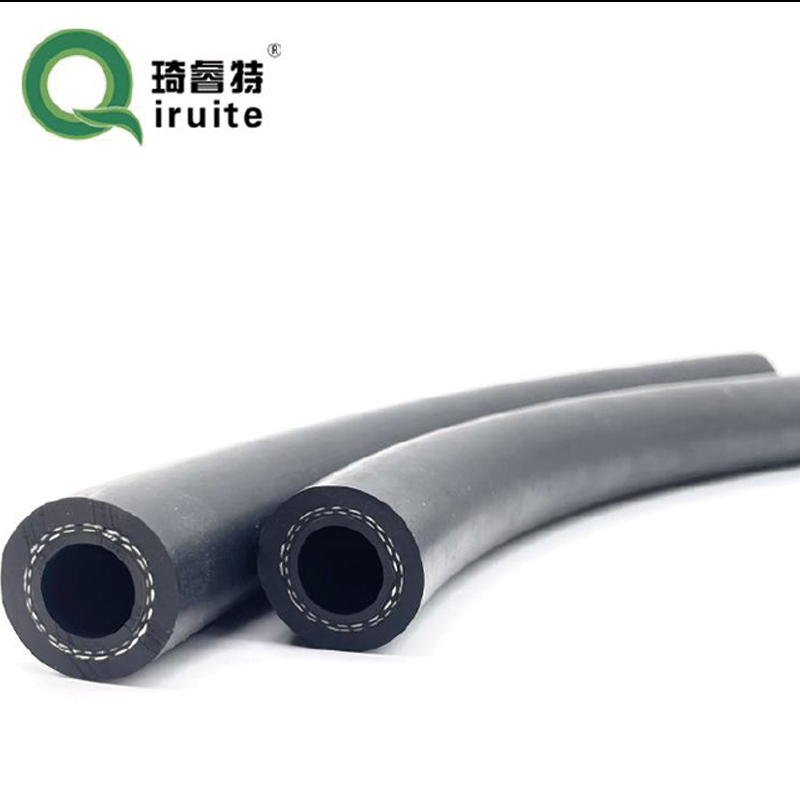how to change high pressure power steering hose
How to Change a High Pressure Power Steering Hose
Power steering systems rely on hydraulic pressure to assist drivers in steering their vehicles with ease. Central to this system is the power steering hose, specifically the high-pressure hose, which carries hydraulic fluid from the pump to the steering gear or rack. Over time, due to wear and exposure to heat, rubber hoses can deteriorate and leak, causing a loss of steering assistance. If you notice fluid leaks or difficulty steering, it might be time to change your high-pressure power steering hose. Though it’s a task best suited for those with basic automotive knowledge, it can be a rewarding DIY project if you follow these steps carefully.
Tools and Materials Needed
Before you get started, gather the following tools and materials - New high-pressure power steering hose - Wrenches (typically 10mm, 12mm, and 16mm) - Pliers - Fluid catch pan - Power steering fluid - Cleaning rags - Safety goggles and gloves
Step-by-Step Guide
1. Safety First Always wear safety goggles and gloves when working on your vehicle. Ensure that the car is parked on a level surface, the engine is turned off, and the key is removed from the ignition.
2. Prepare Your Work Area Open the hood and locate the power steering reservoir. Place a fluid catch pan underneath the car to collect any fluid that may leak during the hose replacement process.
3. Remove Old Hose Identify the high-pressure power steering hose, which typically connects the power steering pump to the steering gear. Using the appropriate wrench, carefully loosen the fittings at both ends of the hose (the pump and steering gear). Be cautious as some fluid may spill out; let it drain into the catch pan. After removing the hose, inspect the old one for signs of wear, such as cracks or leaks, to understand what caused the failure.
how to change high pressure power steering hose

4. Install the New Hose Take your new high-pressure power steering hose and compare it with the old one to ensure proper length and fitting. Connect one end to the power steering pump, hand-tightening the fitting to prevent cross-threading. Then, do the same for the other end at the steering gear. Ensure both ends are securely tightened with wrenches but do not overtighten as this can damage the fittings.
5. Refill Fluid Once the new hose is securely installed, refill the power steering reservoir with new power steering fluid, according to your vehicle's specifications. Be sure to check your owner's manual for the correct type of fluid.
6. Bleed the System Start the engine and let it run for a few minutes. Turn the steering wheel from lock to lock several times to bleed any air out of the power steering system. Check for leaks at the hose connections during this process.
7. Check Fluid Levels After bleeding the system, check the fluid level in the reservoir and add more if necessary.
8. Clean Up Dispose of the old fluid and any rags properly. Take a moment to ensure all tools are accounted for and securely stowed away.
Conclusion
Changing a high-pressure power steering hose may seem daunting, but with the right tools, guidance, and careful attention to detail, it can be an achievable task for any DIY automotive enthusiast. Regularly inspecting your power steering components can go a long way in maintaining your vehicle's steering performance and ensuring a safer driving experience. Always consult your vehicle’s manual for specific instructions related to your make and model.
-
Ultimate Spiral Protection for Hoses & CablesNewsJun.26,2025
-
The Ultimate Quick-Connect Solutions for Every NeedNewsJun.26,2025
-
SAE J1401 Brake Hose: Reliable Choice for Safe BrakingNewsJun.26,2025
-
Reliable J2064 A/C Hoses for Real-World Cooling NeedsNewsJun.26,2025
-
Heavy-Duty Sewer Jetting Hoses Built to LastNewsJun.26,2025
-
Fix Power Steering Tube Leaks Fast – Durable & Affordable SolutionNewsJun.26,2025

